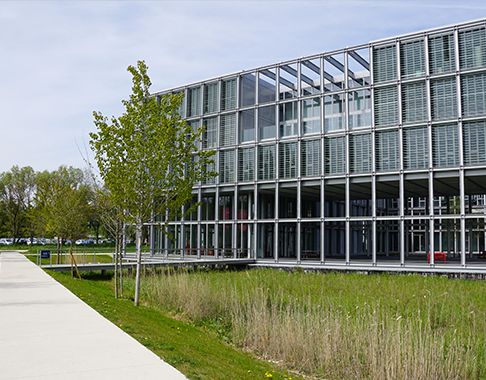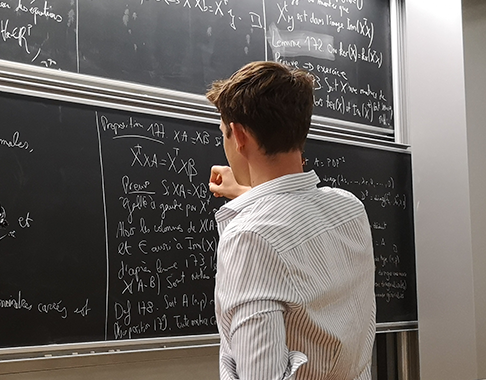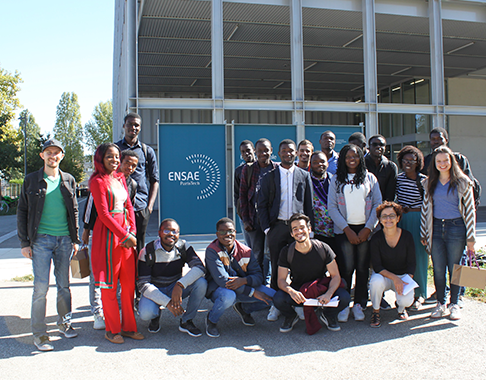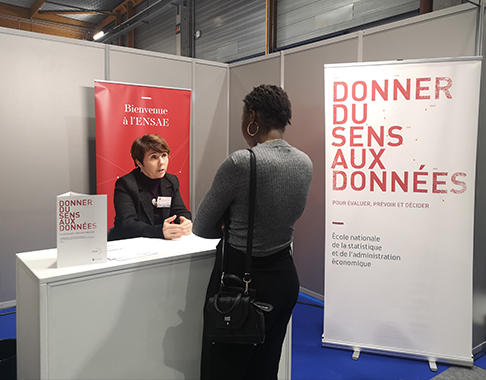Applied macroeconomic modelling: Policies, the business cycle, and the green transition
Enseignant
Crédits ECTS :
2
Heures de cours :
15
Heures de TD :
0
Langue :
Français
Modalité d'examen :
mém.
Objectif
Objectifs du cours
Macroeconometric and DSGE models are among the most commonly used models in ministries of finance, central banks and international organizations in order to evaluate economic policies. This course introduces students to the construction, estimation and use of DSGE and macroeconometric models for policy purposes. It will in particular focus on how to bring economic theory to a practical model and how to use such models to produce recommendations for policymakers. Some applications will be presented for instance in relation to the green transition.
Acquis du cours
At the end of the course students will be able to understand the functioning of standard macroeconometric models usually used in ministries of finance, central banks and international organizations. They will notably be able to read, analyze and criticize model outputs. Students will be able to download macroeconomic data, estimate the deep parameters of DSGE models, provide policy counterfactual analysis.
Plan
A. Macroeconometric models: presentation and simulations (6h)
- Overview of macroeconomic modelling tools;
- Opening the hood of the standard macroeconometric model Mésange;
- Understanding and reading outputs from macroeconometric models;
- Modelling and evaluating the green transition with ThreeME;
B. DSGE models: estimation and simulations (9h)
- Building a stationary sample with DBnomics;
- The maximum likelihood and Bayes estimators for general equilibrium models;
- Policy analysis: business cycle decomposition, counterfactual analysis, Ramsey allocations.
- The net-zero transition according to DICE model.
Références
Burns, Andrew, Benoit Campagne, Charl Jooste, David Stephan, and Thi Thanh Bui. 2019. The World Bank Macro-Fiscal Model Technical Description. World Bank, Washington, DC. https://doi.org/10.1596/1813-
9450-8965.
J. Bardaji, B. Campagne, M.-B. Khder, Q. Lafféter et O. Simon - DG Trésor : A.-S. Dufernez, C. Élezaar, P. Leblanc, E. Masson et H. Partouche, Le modèle macroéconométrique Mésange : réestimation et nouveautés – Insee (2017). Document de travail, n°2017/04, DG Trésor.
Callonnec G., Landa G., Maillet P., Reynès F. et Yeddir Tamsamani Y. (2013), “A full description of the Three-ME model: multi-sector macroeconomic model for the evaluation of environmental and energypolicy”, OFCE, Working Paper.
Nordhaus, W. D. (2017). Evolution of modeling of the economics of global warming: changes in the dice model, 1992-2017.
Smets, F and Wouters R (2007). Shocks and frictions in US business cycles: A Bayesian DSGE approach. American economic review 97.3: 586-606.










